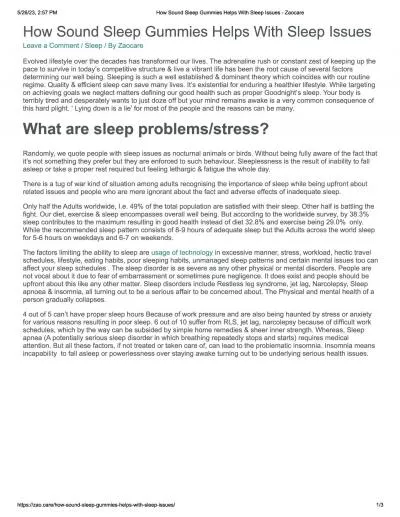PPT-SLEEP! Importance of Sleep
Author : alida-meadow | Published Date : 2018-02-23
Sleep Protects Sleeping in the darkness when predators loomed about kept our ancestors out of harms way Sleep Recuperates Sleep helps restore and repair brain
Presentation Embed Code
Download Presentation
Download Presentation The PPT/PDF document "SLEEP! Importance of Sleep" is the property of its rightful owner. Permission is granted to download and print the materials on this website for personal, non-commercial use only, and to display it on your personal computer provided you do not modify the materials and that you retain all copyright notices contained in the materials. By downloading content from our website, you accept the terms of this agreement.
SLEEP! Importance of Sleep: Transcript
Download Rules Of Document
"SLEEP! Importance of Sleep"The content belongs to its owner. You may download and print it for personal use, without modification, and keep all copyright notices. By downloading, you agree to these terms.
Related Documents














